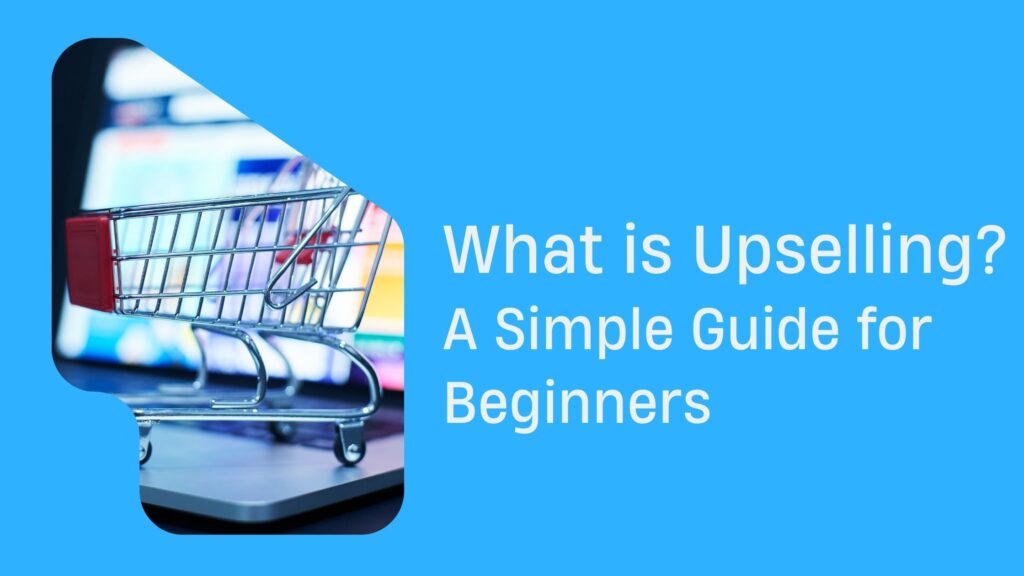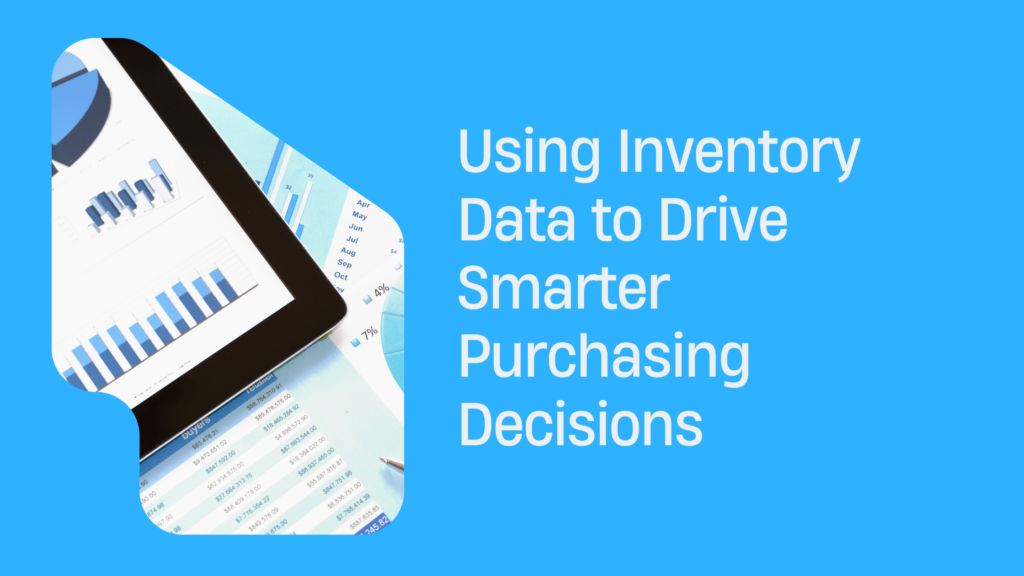What is Upselling? A Simple Guide for Beginners
Upselling encourages customers to choose a higher-priced or upgraded product. It boosts revenue while offering better value. Unlike cross-selling, which suggests related items, upselling enhances the main purchase. A smart ecommerce upsell strategy improves the shopping experience with relevant upgrades. Learning how to upsell a product can increase order value, build brand loyalty, and grow profits without needing new customers.
What is Upselling?
Upselling is a sales technique where businesses encourage customers to buy a more expensive, upgraded, or premium version of a product. Instead of just selling a basic option, upselling highlights better features, added benefits, or higher-quality alternatives. A smart ecommerce upsell strategy increases sales while improving customer satisfaction.
How Upselling Motivates Customers to Upgrade a Product
- Showcases better value – Customers often choose the cheapest option by default. Upselling helps them see how a slightly higher-priced version offers better quality, additional features, or long-term savings.
- Highlights premium features – Instead of just listing the upgrade, explain how it benefits the customer. For example, if someone is buying a laptop, highlight how an upgraded version has a faster processor, longer battery life, or more storage.
- Uses price anchoring – Showing a higher-priced product first makes the next option seem more affordable. If a customer sees a $1,500 phone first, they may be more likely to buy a $1,000 model, even if they originally planned for a $700 one.
- Creates a better user experience – Some upgrades genuinely make a product easier or more enjoyable to use. For example, when buying a camera, offering a lens upgrade or a professional editing course adds more value to the purchase.
- Leverages customer trust – People are more likely to upgrade when they trust the brand. Offering expert recommendations, customer reviews, and side-by-side comparisons helps them make informed decisions.
Real-world Examples of How to Upsell a Product Effectively
- Ecommerce stores – When checking out, Amazon suggests, “Upgrade to the latest version for only $50 more.”
- Restaurants – A fast-food cashier asks, “Would you like to make it a meal for just $2 extra?”
- Tech industry – Apple promotes higher storage iPhones, showing how extra space prevents running out of memory.
- Subscription services – Netflix encourages upgrading to a premium plan for 4K streaming and more devices.
- Beauty industry – A skincare brand recommends a larger bottle at a discounted price per ounce.
Why is Upselling Important?
Upselling is a powerful strategy that helps businesses grow revenue while improving the shopping experience. When done right, it benefits both the customer and the seller. Here’s why upselling matters:
Increases Average Order Value (AOV)
A successful ecommerce upsell boosts the total amount a customer spends per order. Instead of selling just one basic item, businesses can encourage customers to choose a premium version or add extra features. For example:
- A laptop store suggests upgrading to a higher RAM model for better performance.
- A coffee shop offers a larger size for a small additional cost.
These small upgrades add up, leading to higher profits without needing more customers.
Improves Customer Satisfaction with Better Product Recommendations
Upselling isn’t just about selling more—it’s about helping customers make better choices. When businesses recommend relevant upgrades, customers get more value from their purchases. Examples include:
- A customer buying a smartphone gets an option to upgrade to one with a better camera.
- A software subscription upsell includes extra features that enhance user experience.
When customers feel they’re getting a better deal, they’re happier and more likely to return.
Strengthens Customer Loyalty and Lifetime Value
Customers who receive helpful upsell suggestions often develop a stronger connection with the brand. When businesses offer upgrades that truly benefit the customer, it builds trust. This increases customer lifetime value (CLV), meaning customers return for future purchases. Examples include:
- An online clothing store suggests high-quality accessories to match an outfit.
- A fitness app offering a premium plan with personalized training plans.
The more value customers get, the more they’ll stick with a brand.
Helps Businesses Maximize Revenue Without Acquiring New Customers
Acquiring new customers is expensive. Upselling helps businesses increase revenue from existing customers without extra marketing costs. Selling to repeat buyers is easier because they already trust the brand. For example:
- An online store selling cameras suggests an advanced lens for professionals.
- A meal subscription service offers an upgrade to gourmet meal options.
By upselling smartly, businesses can increase sales without spending more on ads or promotions.
How to Upsell a Product Successfully
Upselling is a great way to increase revenue while improving the shopping experience. A well-executed ecommerce upsell makes customers feel like they’re getting better value. Here are five ways to upsell effectively:
Offer Relevant Upgrades
- Suggest a higher-end version or an upgraded model of the product.
- Highlight better features, improved performance, or added benefits.
- Example – If a customer buys a smartphone, suggest a model with more storage or a premium camera.
Use Persuasive Pricing
- Show the price difference clearly and justify the added value.
- Use side-by-side comparisons to highlight what customers gain with an upgrade.
- Example – “Upgrade to the Pro version for just $20 more and get double the battery life.”
Create Bundled Offers
- Combine complementary products to make the purchase more appealing.
- Offer a small discount on the bundle to make it feel like a deal.
- Example – If a customer buys running shoes, they can offer a sportswear bundle with socks and a water bottle at a discounted price.
Use FOMO (Fear of Missing Out)
- Create a sense of urgency with limited-time upsell offers.
- Use phrases like “Only a few left!” or “Exclusive deal for today only.”
- Example – “Upgrade to the premium plan within the next 24 hours and get free priority shipping.”
Personalize Recommendations
- Use customer data to suggest relevant upgrades based on browsing history.
- Show AI-powered suggestions that fit the customer’s preferences.
- Example – If a shopper buys a laptop, recommend a better model with faster processing based on their past searches.
Ecommerce Upsell Techniques That Work
Upselling is an effective way to increase sales and enhance customer satisfaction. The key is to make the upgrade feel valuable rather than pushy. Here are four proven techniques to upsell a product successfully.
Product Comparisons
Customers love to see what they’re getting before making a decision. A clear product comparison helps highlight the benefits of an upgraded version.
- Use tables or visuals to show feature differences between standard and premium options.
- Emphasize how the upgrade offers better performance, durability, or extra features.
- Keep the comparison simple and avoid overwhelming customers with too many details.
- Use phrases like “Best Value” or “Most Popular” to guide their choice.
AI-Powered Upselling
AI can make ecommerce upsell strategies more personalized and effective. Instead of generic offers, AI analyzes shopping behavior to suggest relevant upgrades.
- Use browsing and purchase history to recommend the right upsell.
- Display AI-powered suggestions on product pages, cart pages, and during checkout.
- Offer upgrades based on customer preferences, such as size, color, or add-ons.
- Keep it subtle with “You may also like” or “Upgrade to get more” prompts.
Post-Purchase Upsells
Upselling doesn’t have to stop at checkout. Post-purchase upsells allow businesses to suggest upgrades or related products even after the sale.
- Offer a one-click upgrade option after checkout for a seamless experience.
- Send a follow-up email with an exclusive discount for a better version of their purchase.
- Use thank-you pages to promote limited-time deals on relevant add-ons.
- Keep the offer time-sensitive to encourage quick action.
Subscription & Loyalty Perks
Loyal customers are more likely to upgrade when they see added value. Subscriptions and loyalty programs are great ways to keep them engaged.
- Offer discounted upgrades to loyalty members as a special perk.
- Providing early access to premium features for subscribers.
- Use gamification, such as points or rewards, to make upgrades more appealing.
- Send personalized offers to customers who frequently buy from your store.
Common Upselling Mistakes to Avoid
A well-planned ecommerce upsell can increase sales and improve customer experience. However, some upselling mistakes can do the opposite, leading to lost sales and frustrated customers. Here are a few common mistakes to avoid.
Being Too Pushy and Overwhelming Customers
Upselling should be helpful, not pushy. Pressure can drive customers away. Instead of forcing upgrades, make suggestions feel natural. Use gentle prompts like “You might like this” or “Upgrade for better performance.” Keep it simple and let customers choose at their own pace.
Suggesting Irrelevant or Unnecessary Upgrades
Upselling works best when the offer is relevant. Random upgrades can confuse customers and hurt sales. If someone buys a budget smartphone, suggesting a pricey high-end model won’t help. A better approach is offering a slightly improved version, or useful add-ons like a case or extra storage.
Not Showcasing the Value of the Upsell
Customers won’t spend more unless they see the value. Just showing a higher-priced option isn’t enough. Highlight the benefits—better quality, longer durability, or extra features. Use side-by-side comparisons or simple explanations like “Upgrade to save 20 percent on battery life.” Show why the upgrade is worth it.
Ignoring Customer Preferences and Purchase History
Upselling isn’t one-size-fits-all. Customers want personalized recommendations. If someone loves eco-friendly products, suggest an upgraded option that fits their interests. Using purchase history and browsing behavior makes upsells more relevant and boosts conversions.
Final Thoughts
A good upselling strategy increases sales and improves the customer experience. The key is to add value without being pushy. Test different approaches, track results, and refine your strategy. Personalization and timing matter. A well-done ecommerce upsell feels helpful, not forced. Offer relevant upgrades with clear benefits. Keep suggestions simple and customer-friendly. Knowing how to upsell a product the right way boosts conversions and builds loyalty.



